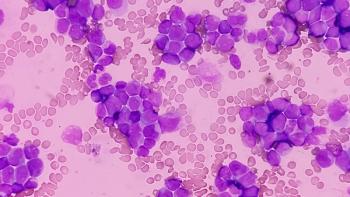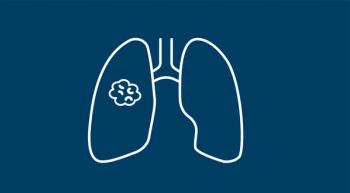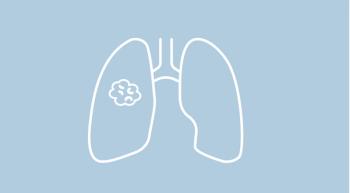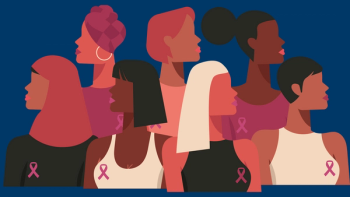
Race was identified as an independent prognostic factor in patients with AML receiving intensive chemotherapy.

Race was identified as an independent prognostic factor in patients with AML receiving intensive chemotherapy.

Using gender-neutral language is the first step in making a safe space for LGBTQIA+ patients with cancer, explained Al Asante-Facey, PA, MBA.

Oncology nurses and APPs can help reduce discrimination faced by patients with cancer who are members of the LGBTQIA+ community.

Black and Hispanic pediatric patients with high-risk neuroblastoma had significantly lower 5-year survival rates in induction and/or consolidation trials.

Jessie Desir, PhD, RN, AMB-BC, OCN, discussed the need for awareness about cancer subtypes and their prevalence in certain populations.

Understanding psychosocial implications, barriers, risks, and impacts.

“By addressing these issues, we can ensure that all patients, regardless of their socioeconomic status, have the opportunity to benefit from potentially curative treatments,” one expert says.

About a quarter of patients with cancer routinely access their electronic health records.

Patients with multiple myeloma are living longer; therefore, their lifelong treatment expenses can become burdensome.

A smoking-duration cutoff may be a better measure for determining lung cancer screening eligibility compared with smoking pack-years.

Many Americans with health insurance are not fully covered for frontline procedures to treat lymphedema—a debilitating condition that often affects patients with cancer.

Clinical navigators helped increase the rate of genomic testing referrals among Black patients with prostate cancer—a group that faces significant health disparities in the care system.

Younger populations and African American patients are most impacted.

White patients have the oldest average at diagnosis at 64.5 years, whereas Hispanic or Latino patients have the youngest average age at 57.2 years.

Linda Bloom, MPA, RN, OCN, explains how amplifiers and audio interpreter tablets can be vital resources during cancer care.

Linda Bloom, MPA, RN, OCN, highlights how tools such as audio interpretation technology and clear masks can help nurses and patients overcome communication barriers in oncology.

Patients with colorectal cancer or non–small cell lung cancer who were treated in the outpatient setting and were not admitted 30 days prior to diagnosis experienced a statistically significant increase in delay of time to treatment initiation.

Novel strategies for patient education can help to build trust in and decrease the fear of lung cancer screening among patients.

Pediatric patients with leukemia in low- and middle-income countries saw improvements in survival outcomes following implementation of the WHO Framework for Action model.

Patients with pancreatic and gastric cancers residing in states with expanded Medicaid had improved survival rates.

Patient navigation services increased the rates of breast, cervical, and colorectal cancer screenings 6-fold amongst women living in rural communities.

Hilda Haynes-Lewis, PhD, ANP-BC, AOCNP, and Rosaleen Bloom, PhD, APRN, ACNS-BC, AOCNS, discuss the financial stressors that face patients undergoing radiation.

Hilda Haynes-Lewis, PhD, ANP-BC, AOCNP; and Rosaleen Bloom PhD, APRN, ACNS-BC, AOCNS, discuss the ways a cancer diagnosis can impair an individual’s ability to work normally.

Three groups have combined efforts to create a Health Equity Report Card pilot program which will seek to address the sources of disparities in the cancer care system.

Investigators identified underrepresentation and imbalances in demographic and geographic representation in clinical trials leading to FDA approvals.

Findings showed that Black patients were 4.3 percentage points less likely to receive any opioid and 3.1 percentage points less likely to receive long-acting opioids near end-of-life compared with White patients.

Non-Hispanic Black patients with hormone receptor (HR)–positive/HER2-negative breast cancer were more likely to have worse outcomes vs non-Hispanic White, Asian, and Hispanic patients, even with similar 21-gene recurrence scores.

Narjust Florez, MD, emphasizes why oncology health care professionals should bring a sense of urgency to ensuring that clinical trials represent all patient populations.

Mary Anderson, BSN, RN, OCN; and Christina Bach, MBE, MSW, LCSW, OSW-C, FAOSW, discuss approaches to help patients navigate financial toxicity and insurance coverage in the age of oral anticancer drugs.

In 17 years, the mortality rate for Black women with breast cancer has not changed.